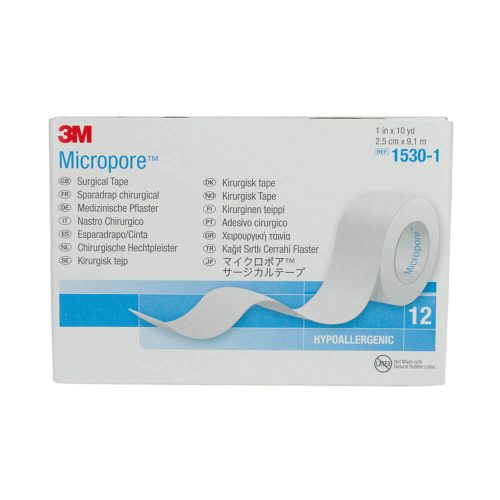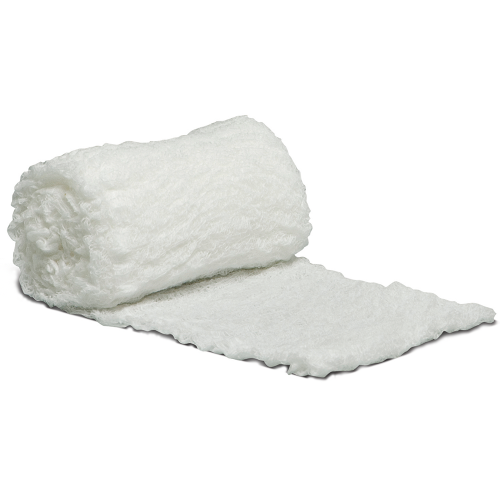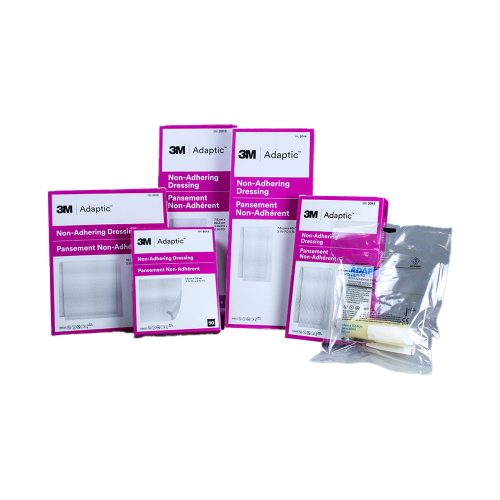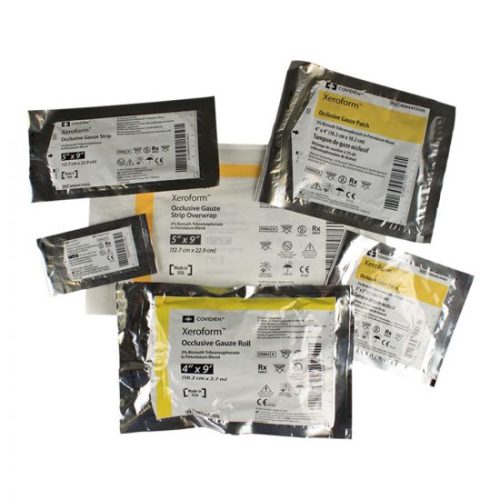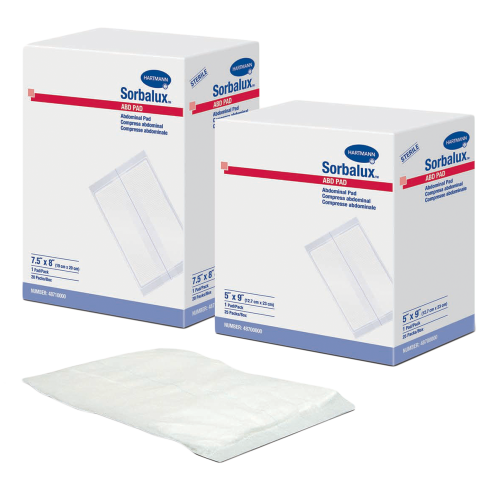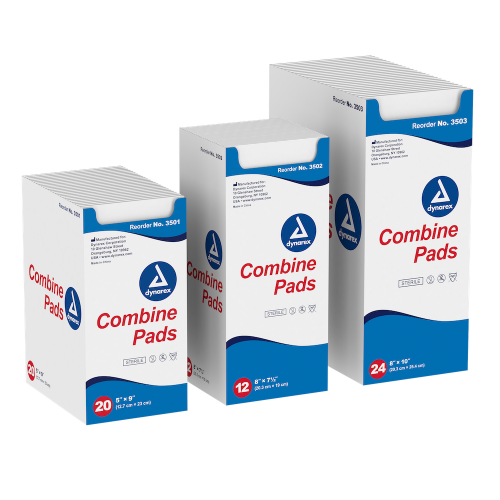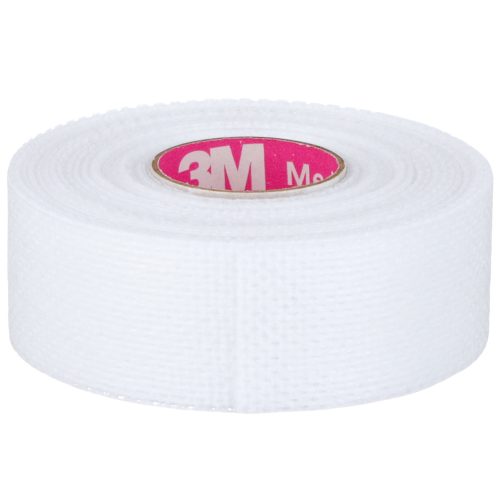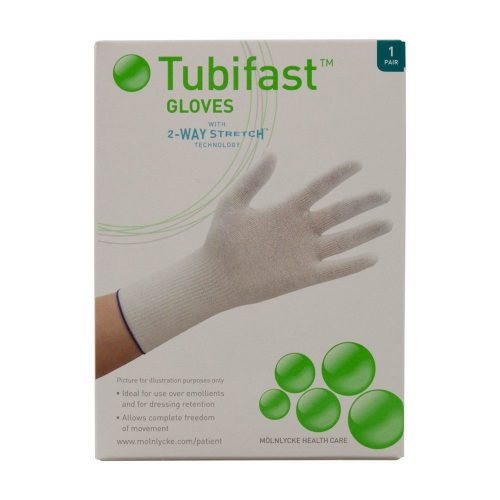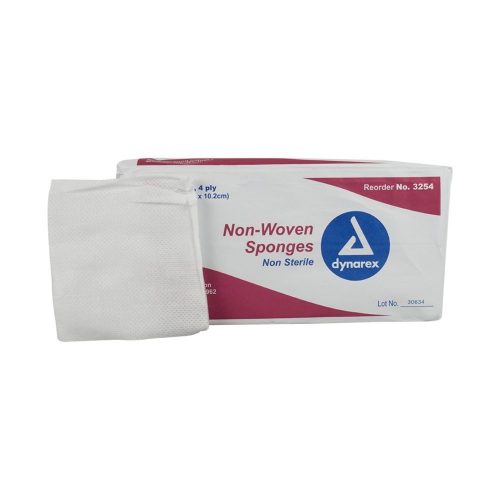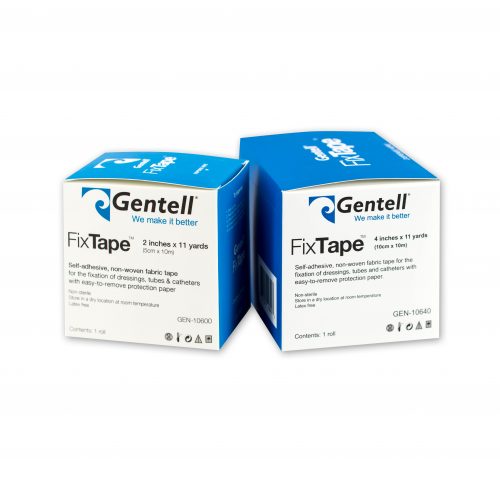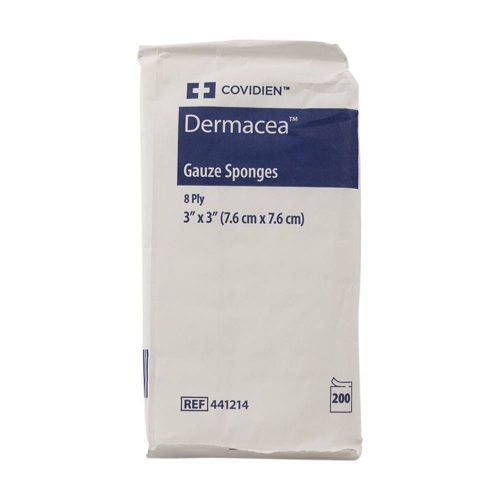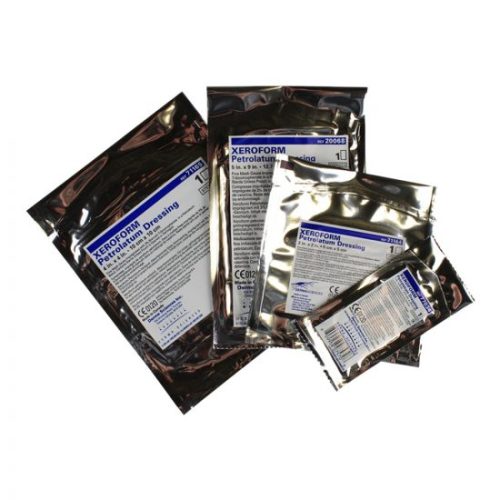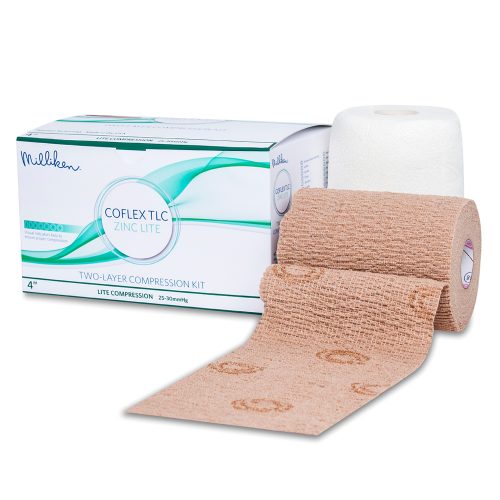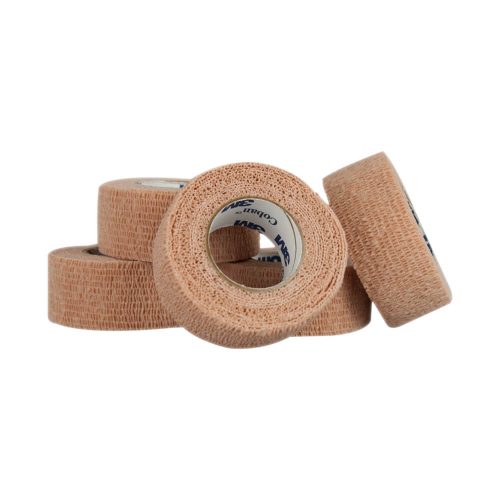Wound injuries encompass a range of types from punctures and abrasions to burns. However, following the injury, proper care ensures a wound begins to heal effectively, rather than becoming infected and cause the patient pain.
Process and Essential Products
In general:
- Before taking care of a wound, be sure to wash your hands and put on a pair of gloves.
- All debris must first be washed from the wound; for certain patients, this step may require medical attention. Cool but not cold water or a cleansing solution is ideal, depending upon the injury. Getting rid of physical particles and microorganisms helps reduce the risk of infection.
- Pressure applied directly to the wound helps stop the bleeding. However, this should be avoided for burns.
- A moist healing environment allows tissue to repair itself and reduces the incidence of scarring. An antibiotic or petroleum ointment, followed by a sterile dressing placed over the wound, helps this process move along. Depending upon the wound’s depth, packing material may first need to be applied. Tape then helps hold the dressing in place.
- Depending upon the amount of exudate or fluid from the wound, the area should be cleaned and dressed once or twice daily, or whenever the bandage becomes dirty or is holding too much fluid. New ointment and a dressing should be applied each time.
- As the wound heals, look for signs of infection, including redness, a warm sensation, swelling, streaking, pus, pain at the injury site or difficulty healing.
- Proper removal of dressings and bandages is just as necessary as application. It prevents the spread of bodily fluids and reduces damage to injured and surrounding skin. The existing dressing should be carefully removed before the area is cleaned and a new bandage or dressing is applied.
Shop Traditional Wound Care Supplies
Whether you’re stocking a first aid kit, making sure you have essential wound care supplies in a medical setting or want to continue taking care of your injury at home, you should find all essentials for cleansing and tending to the wound. Shop sterile gauze and oil emulsion dressings, packing strips, non-adherent dressings, tapes and bandages to address and help heal a range of conditions.
